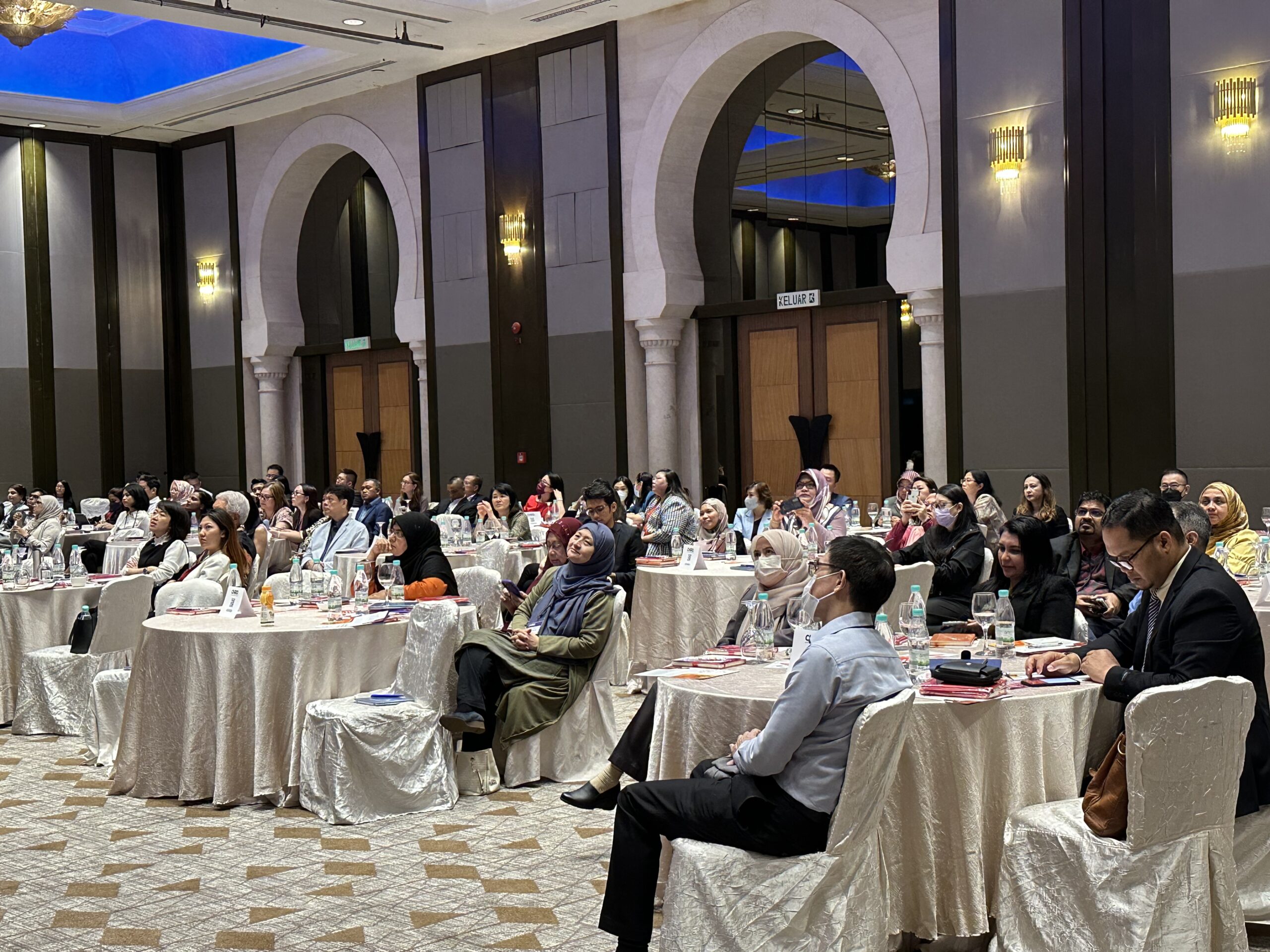Josh Bersin: Getting truly agile across the HR function
- HRM Asia Newsroom

In the 1980s and ’90s, software development was done in huge teams, often over years.
The fascinating book The Mythical Man-Month, written in 1975 by Fred Brooks, a computer architect and software engineer at IBM, describes how development projects at IBM got slower and slower as more people were added. After studying the problem, Brooks came to realise that small, multi-functional teams, given very limited and clear goals, could outperform large project teams.
His principles focused on three fundamentals: first, the software teams had to be small, so they could communicate faster. Second, they had to include multiple functions in one team, so the team could operate independently. Finally, they needed fast communication with customers and other teams, so they would not get out of sync with requirements and could iterate quickly.
Brooks’ observations formed the basis of the Agile Manifesto, written in 2001 by a group of Portland software engineers. This documented design principles to not only expedite software development but also improve quality and responsiveness to changing customer requirements. The approach, which called for iterative development, ongoing customer collaboration and frequent releases, fundamentally changed the way software was developed and delivered.
Agile and HR: Adapting to the “digital temp” of business
Agile’s design principles are now being used in other business areas to tackle large, complex projects. Stand-up meetings, OKRs (objectives and key results), MVPs (minimally viable products), and QBRs (quarterly business reviews) all are offshoots of agile design.
But agile is more than tools and design principles. Maarten Van Beek, HR director of ING Netherlands, emphasises that agile is really a philosophy that promotes decision-making at the level of expertise, empowering people to learn and experimenting with solutions that are co-developed with customers. As part of ING’s digital transformation, its HR organisation had to transform itself and used agile to redesign its processes and systems and reinvent its services to accelerate the company’s new ways of working.
To keep up with the business, ING’s HR professionals had to move faster, be more proactive, and upskill themselves to take advantage of modern tools and technologies.
At ING, HR professionals work in small, multi-functional HR teams on various projects. People iterate regularly at a pace that matches the “digital tempo” of the bank itself. Learning and collaboration are rewarded and encouraged, and people move from project to project throughout their HR careers.
Agile service delivery
Just as agile has transformed software development, so too will it transform HR.
Certainly, we need to design enterprise-wide processes, but they’re no good if they aren’t localised and relevant to people’s daily work lives. So, rather than design solutions in a conference room, we need to design them with customers, experiment enthusiastically and improve them on a continual basis.
But there’s more. In HR, like software, there are two parts to solving problems. The first is designing a solution, and the second is supporting it in the market. For HR, this means creating cross-functional service roles, instrumenting and monitoring our employee solutions, and getting lots and lots of feedback so we can tweak, improve and iterate the programmes we build.
I recently met an HR leader whose organisation was using agile to design its performance management process. Not only are programme designers using OKRs and other agile tools, but they also have created three versions of the process to test on different employee groups.
Each pilot was using different approaches to evaluation and goal setting. Essentially, the company was doing A-B testing to determine which process would work best.
Where to get started?
Think about your employee-experience projects. Employee onboarding design is an excellent place to put agile into practice. Onboarding and job-transition programmes are essential employee experiences that cross functional boundaries, and we need to design them iteratively in partnership with the business.
Think about all the learning, performance, career and reward programmes you’re building. While development focus is typically scale, it is often better to develop them for speed. With agile, you can get a solution into the market, test it and improve it at light speed. This is where HR is going, and it will transform your team, your role, and your whole HR function.
About the author
Josh Bersin is a global industry analyst, and founder of Bersin by Deloitte, leading provider of research-based membership programmes in HR, talent, and learning.







